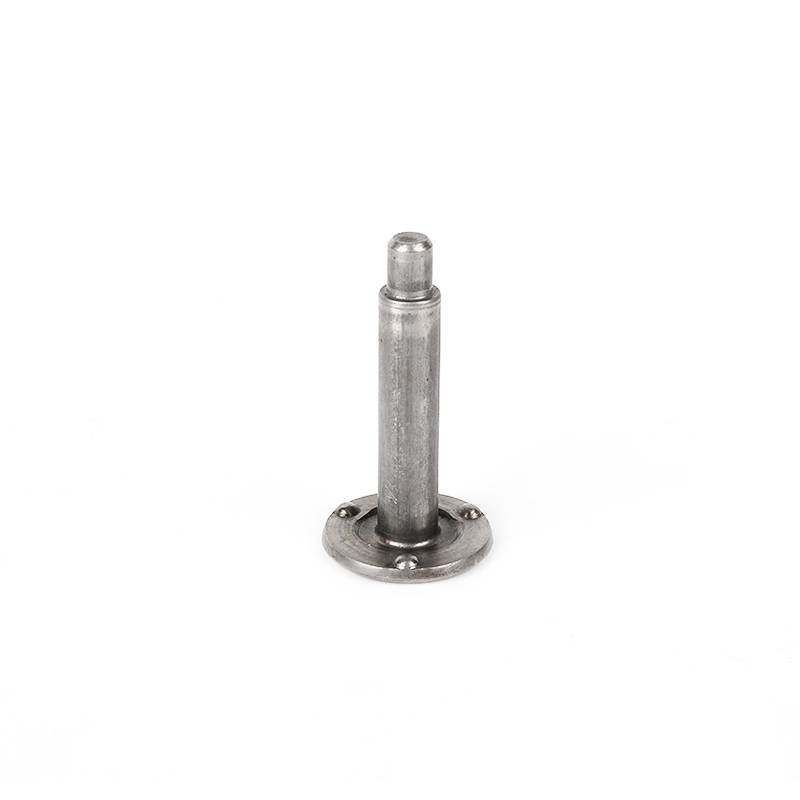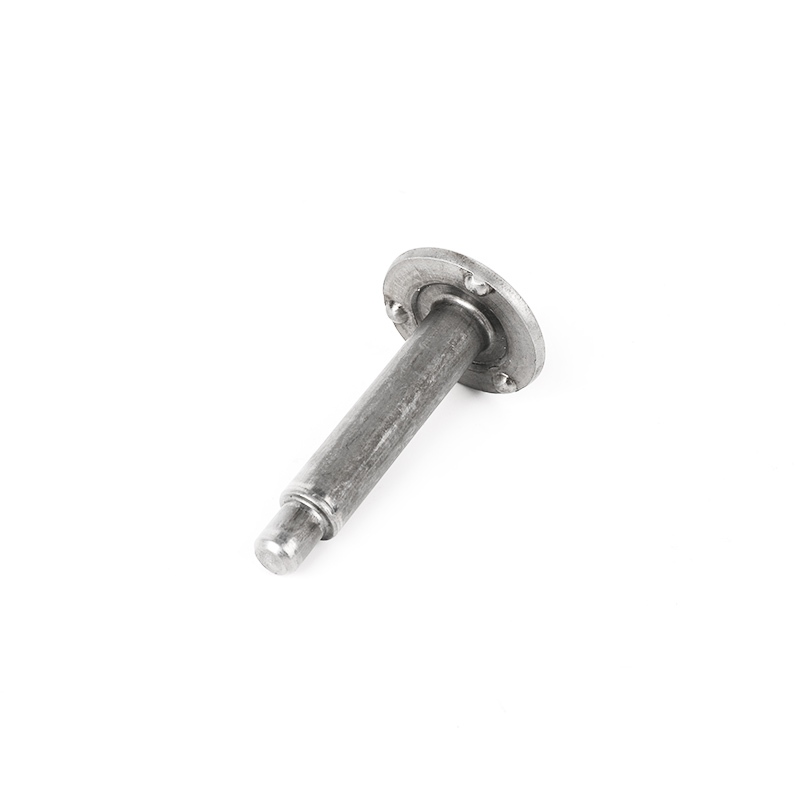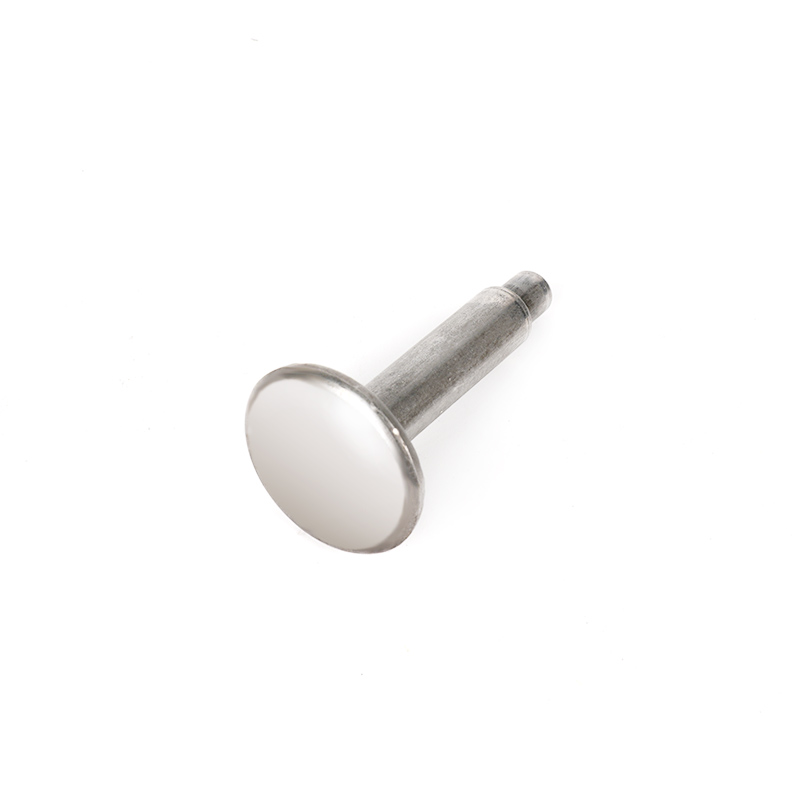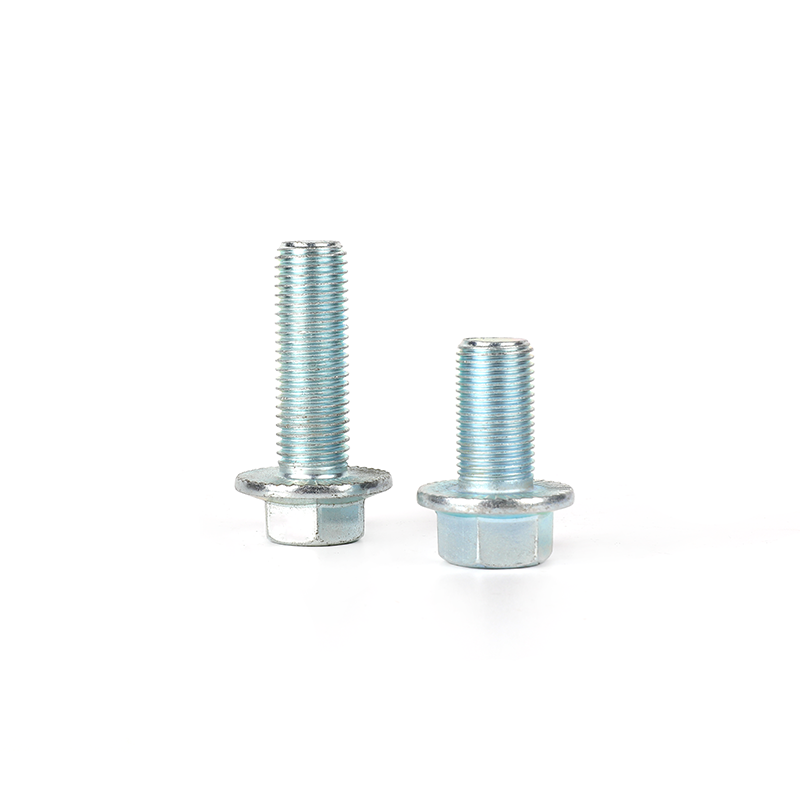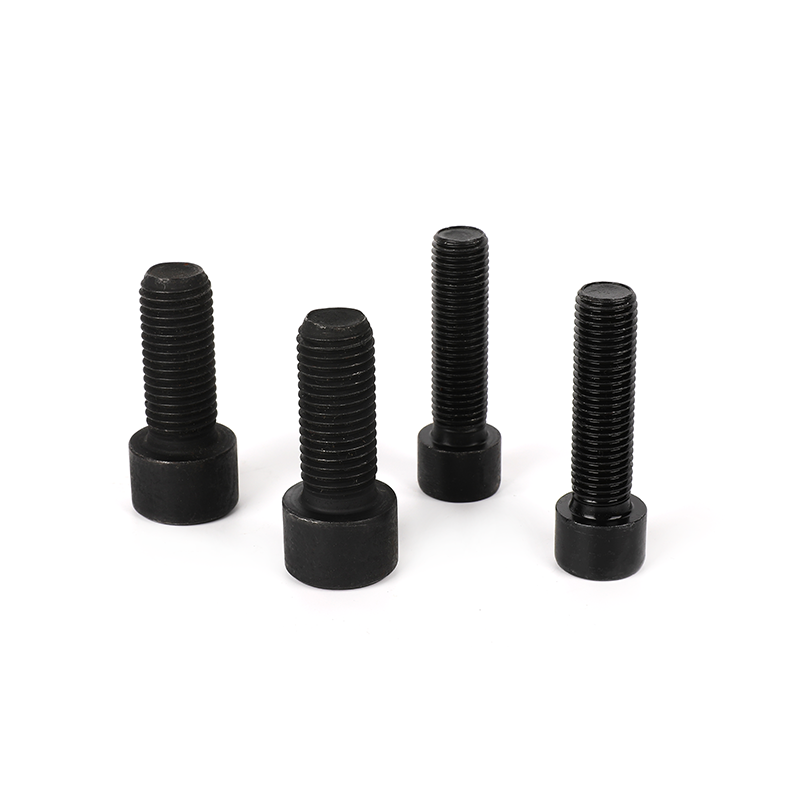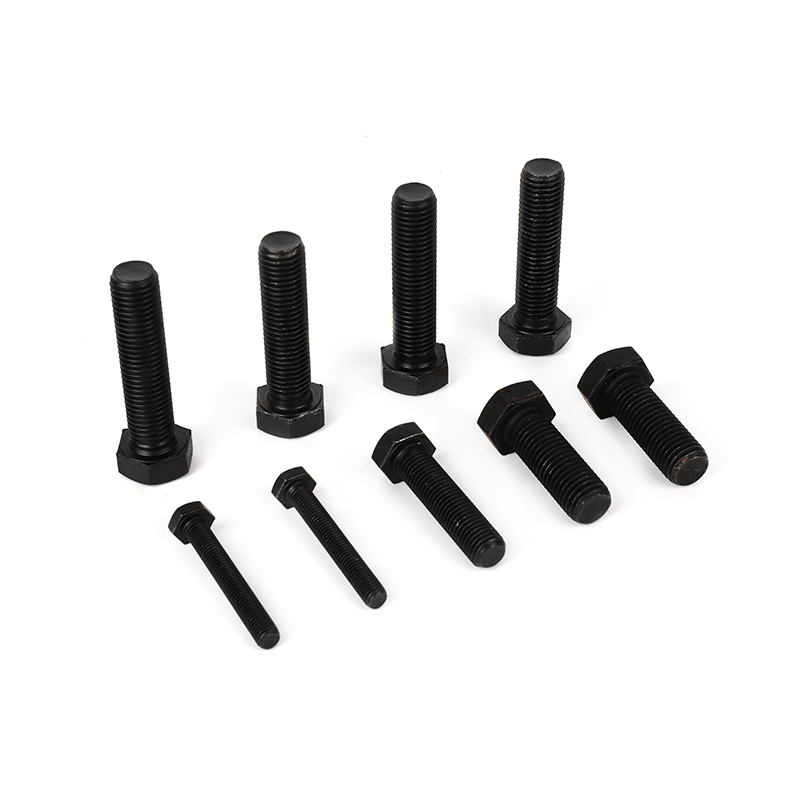How to improve the heat resistance of Plain round flat head weld shoulder screws?
Improving the heat resistance of
plain round flat head weld shoulder screws involves selecting appropriate materials and applying surface treatments to enhance their ability to withstand high-temperature conditions. Here are some strategies to improve the heat resistance of these screws:
Material Selection:Choose heat-resistant materials for manufacturing the screws. Alloys with high-temperature stability, such as heat-resistant steels or alloys like Inconel, can be selected based on the specific temperature range of the application.
Heat-Resistant Coatings:Apply heat-resistant coatings to the screws. Coatings like ceramic coatings, thermal barrier coatings, or specialized high-temperature resistant coatings can provide an additional layer of protection against heat.
Alloy Compositions:Optimize the alloy composition of the screws to ensure they have inherent heat-resistant properties. This may involve adjusting the composition to enhance heat resistance without compromising other mechanical properties.
Surface Treatments:Utilize surface treatments that improve heat resistance. Processes like nitriding or carburizing can be employed to create a hardened surface layer that enhances resistance to heat-induced wear and deformation.
Ceramic Inserts or Components:Integrate ceramic inserts or components into the design of the screw. Ceramics are known for their excellent heat resistance, and incorporating them strategically can enhance the overall heat resistance of the screw.
High-Temperature Lubricants:Use lubricants that are specifically formulated for high-temperature applications. These lubricants can help reduce friction and wear on the screw, contributing to its overall heat resistance.
Thermal Barrier Coatings:Apply thermal barrier coatings to the screws. These coatings are designed to provide insulation and protect the screws from extreme temperatures, helping to maintain their structural integrity.
Advanced Heat-Treating Processes:Implement advanced heat-treating processes, such as vacuum heat treatment or controlled atmosphere heat treatment, to optimize the microstructure of the screw for improved heat resistance.
Thermal Stress Considerations:Design the screw with considerations for thermal stress. Minimize abrupt changes in cross-sectional area or geometry that could lead to thermal stress concentrations, which may compromise the screw's performance under heat.
The improvement of heat resistance often involves a combination of material selection, coatings, and design considerations. The choice of strategy depends on the temperature range, application requirements, and the specific challenges faced by plain round flat head weld shoulder screws in high-temperature environments.

